17 products
-
 Zinnia, Multi ColoredZinnia, Multi Colored
Zinnia, Multi ColoredZinnia, Multi Colored- Regular price
-
$3.75 - Regular price
-
$3.75 - Sale price
-
$3.75
-
 Wild BergamotWild Bergamot
Wild BergamotWild Bergamot- Regular price
-
$3.75 - Regular price
-
$3.75 - Sale price
-
$3.75
-
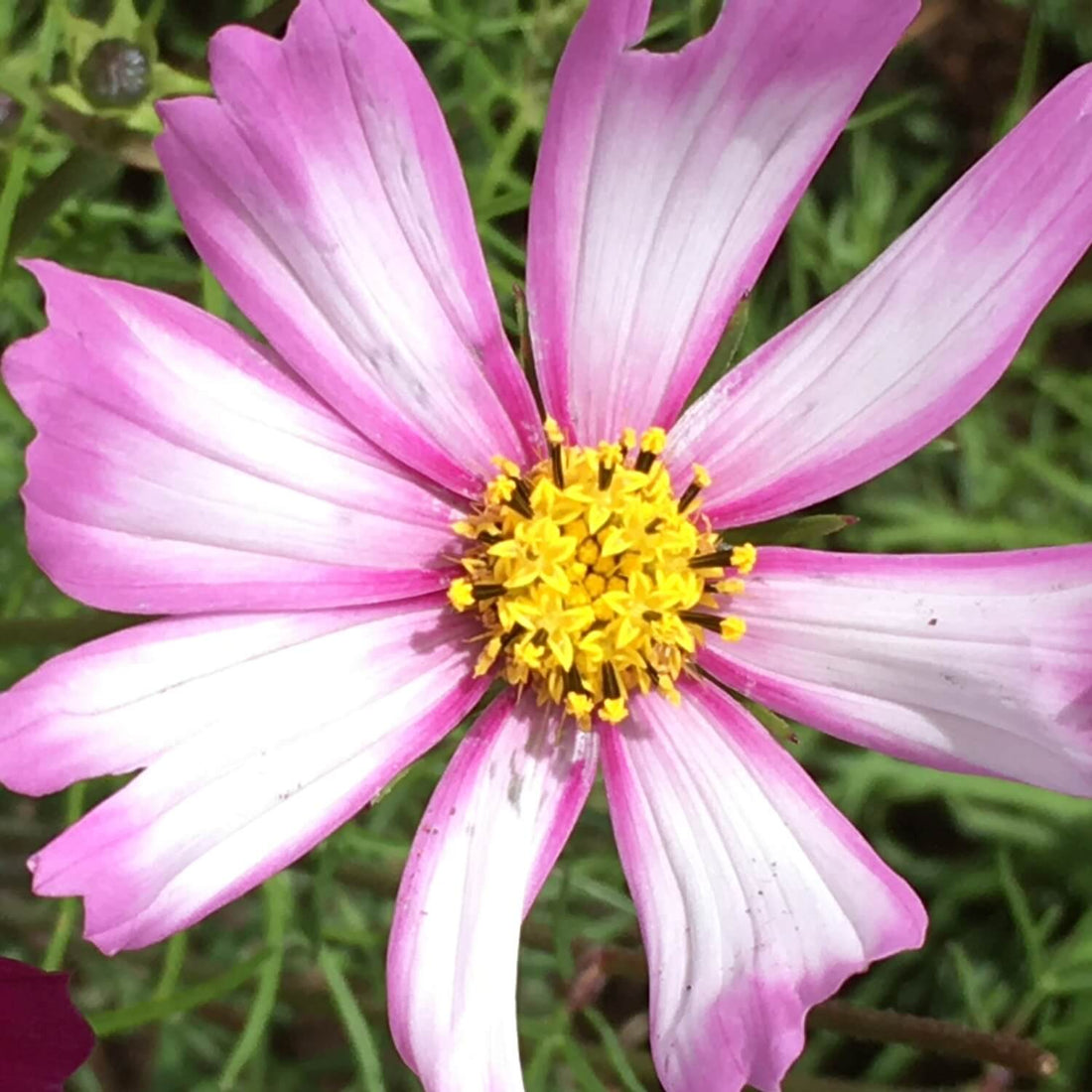 Picotee CosmosPicotee Cosmos
Picotee CosmosPicotee Cosmos- Regular price
-
$3.75 - Regular price
-
$3.75 - Sale price
-
$3.75
-
 Shasta DaisyShasta Daisy
Shasta DaisyShasta Daisy- Regular price
-
$3.75 - Regular price
-
$3.75 - Sale price
-
$3.75
-
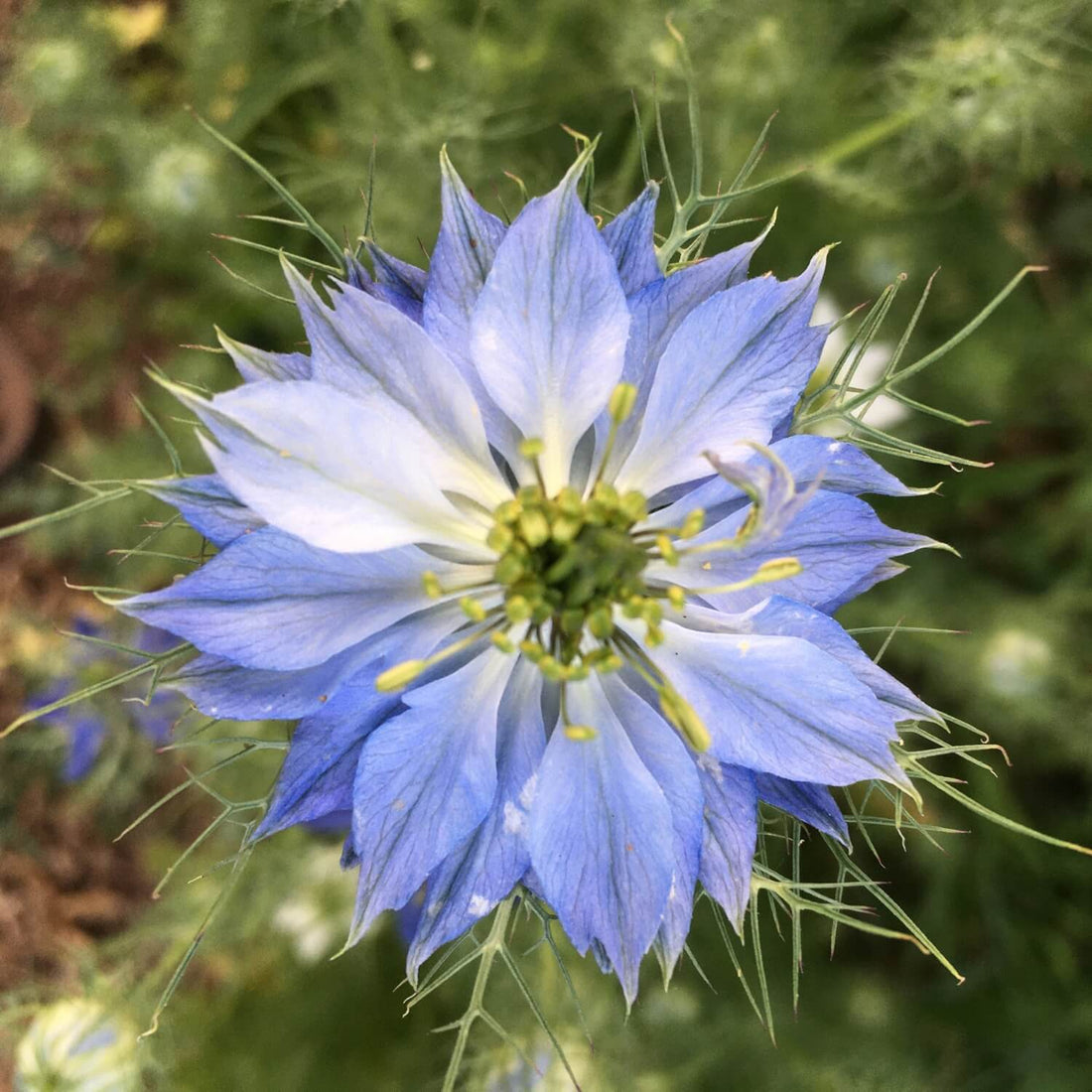
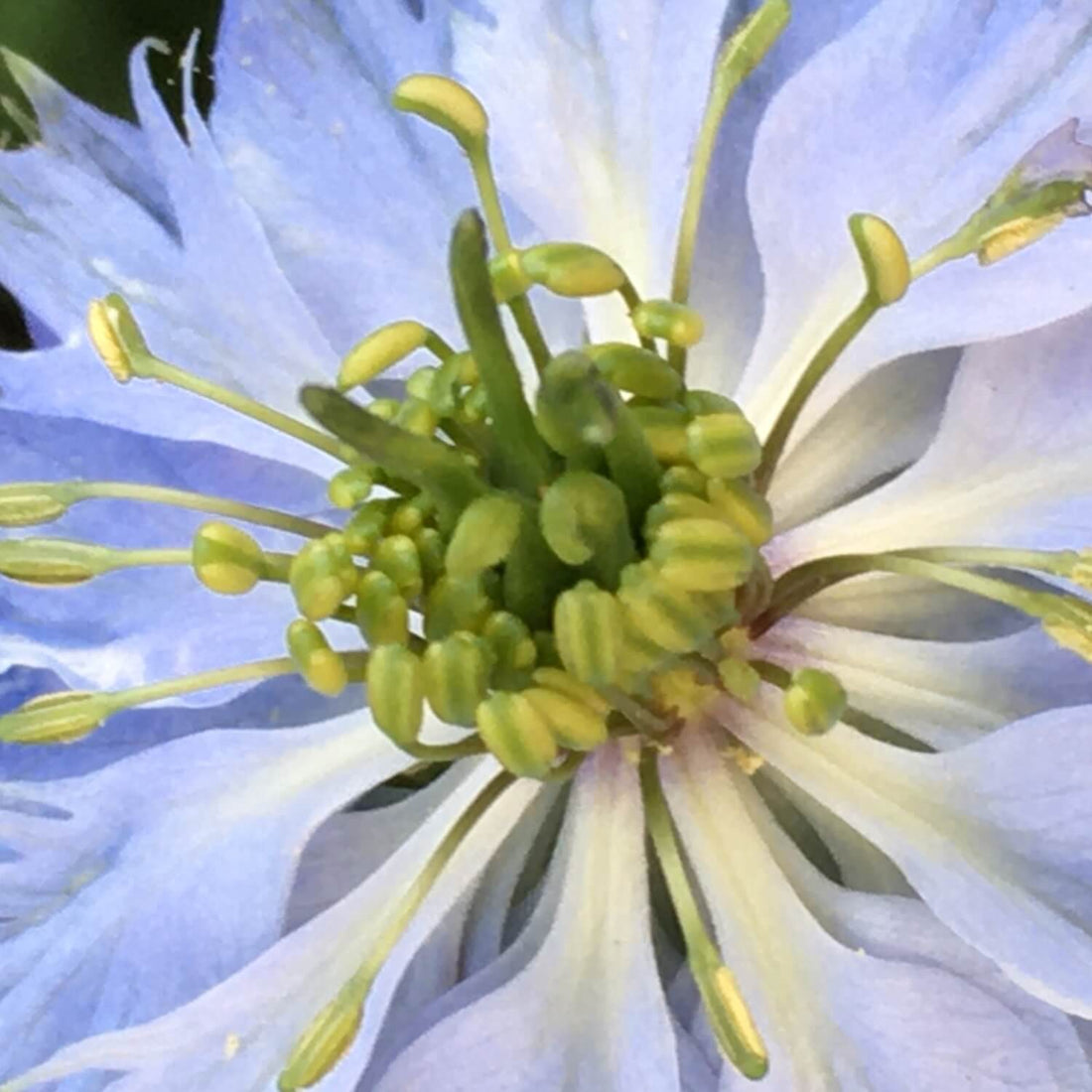 Nigella - Love in a MistNigella - Love in a Mist
Nigella - Love in a MistNigella - Love in a Mist- Regular price
-
$3.75 - Regular price
-
$3.75 - Sale price
-
$3.75
-
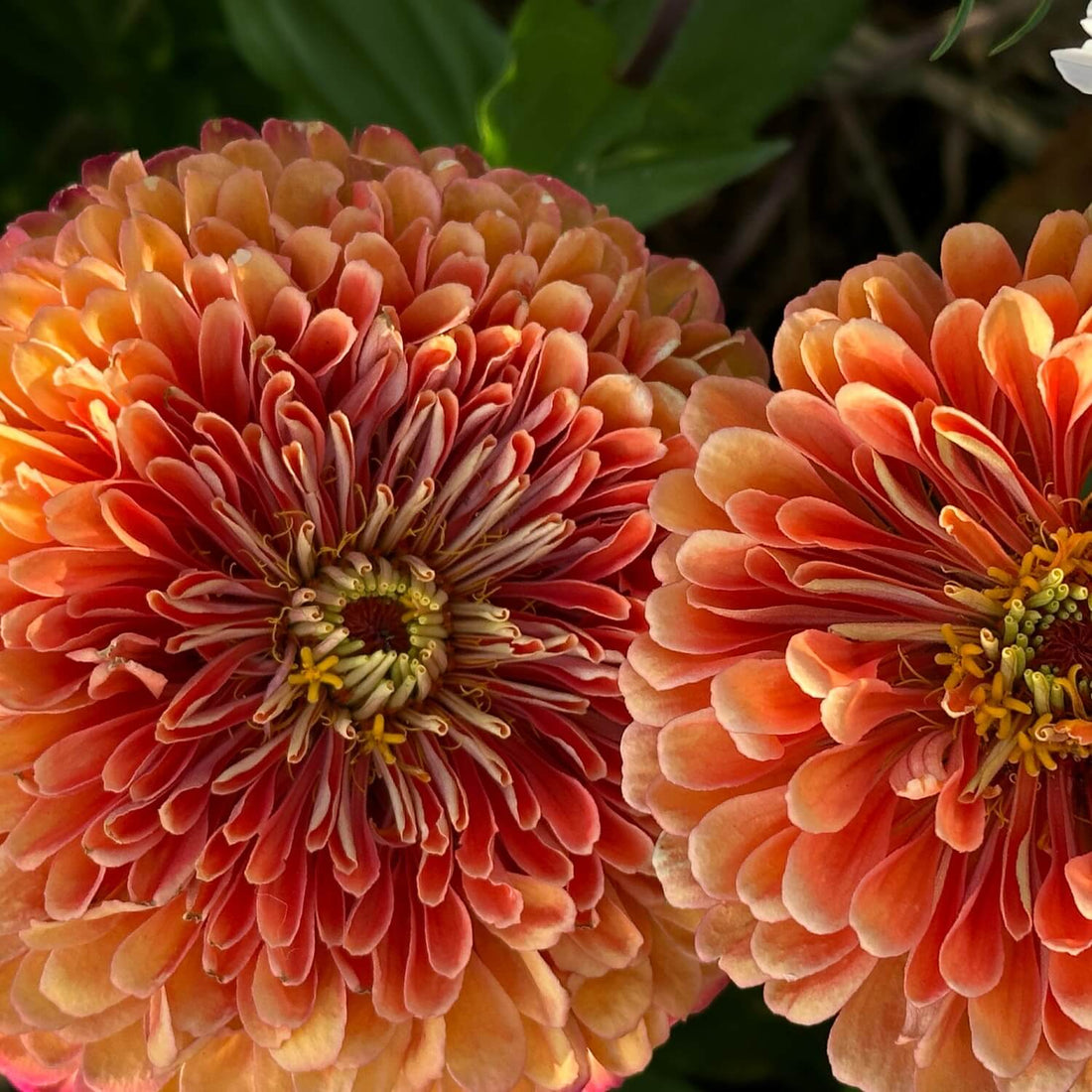 Salmon Rose ZinniaSalmon Rose Zinnia
Salmon Rose ZinniaSalmon Rose Zinnia- Regular price
-
$3.75 - Regular price
-
$3.75 - Sale price
-
$3.75
-
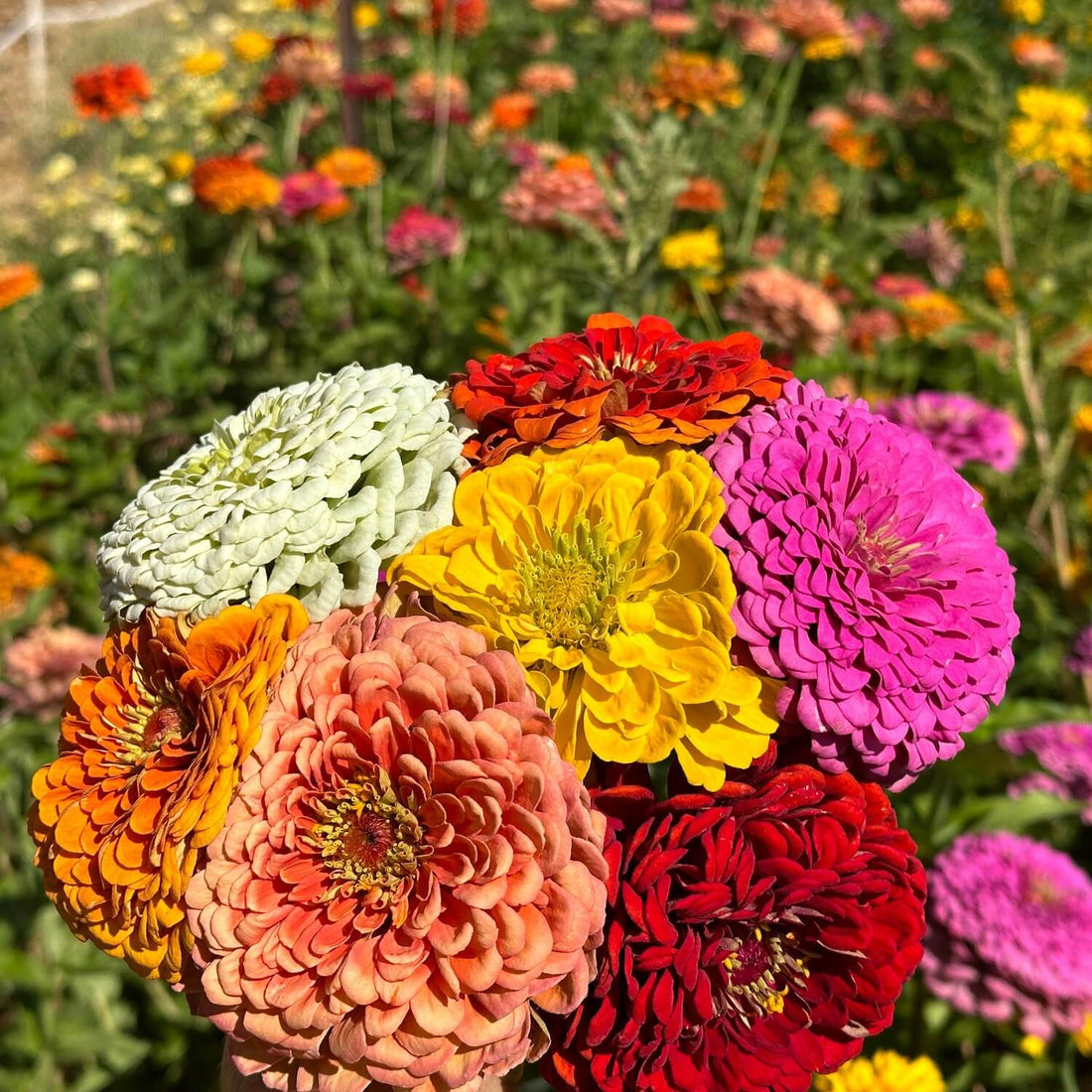
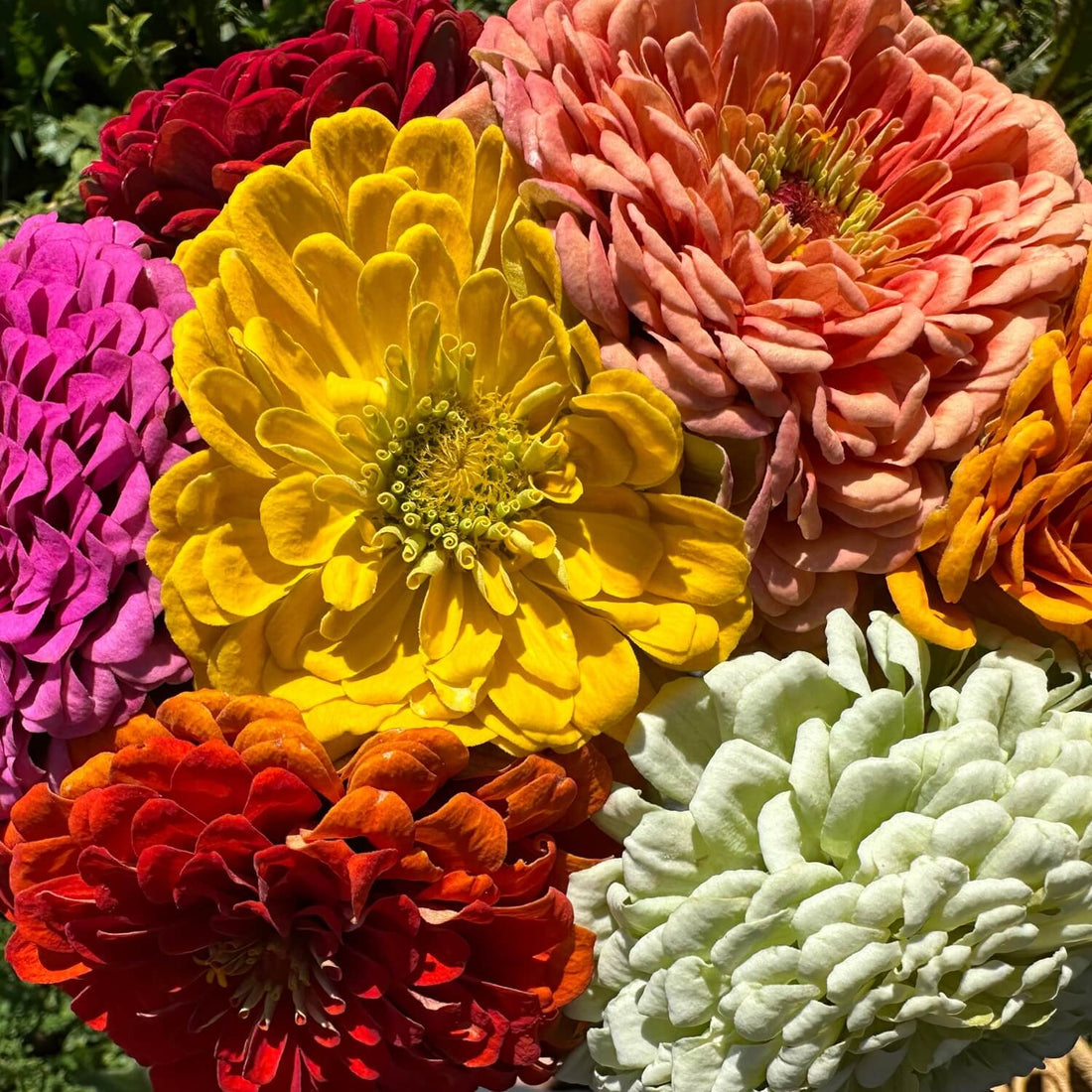 Benary's Giant Mix ZinniaBenary's Giant Mix Zinnia
Benary's Giant Mix ZinniaBenary's Giant Mix Zinnia- Regular price
-
$3.75 - Regular price
-
$3.75 - Sale price
-
$3.75
-
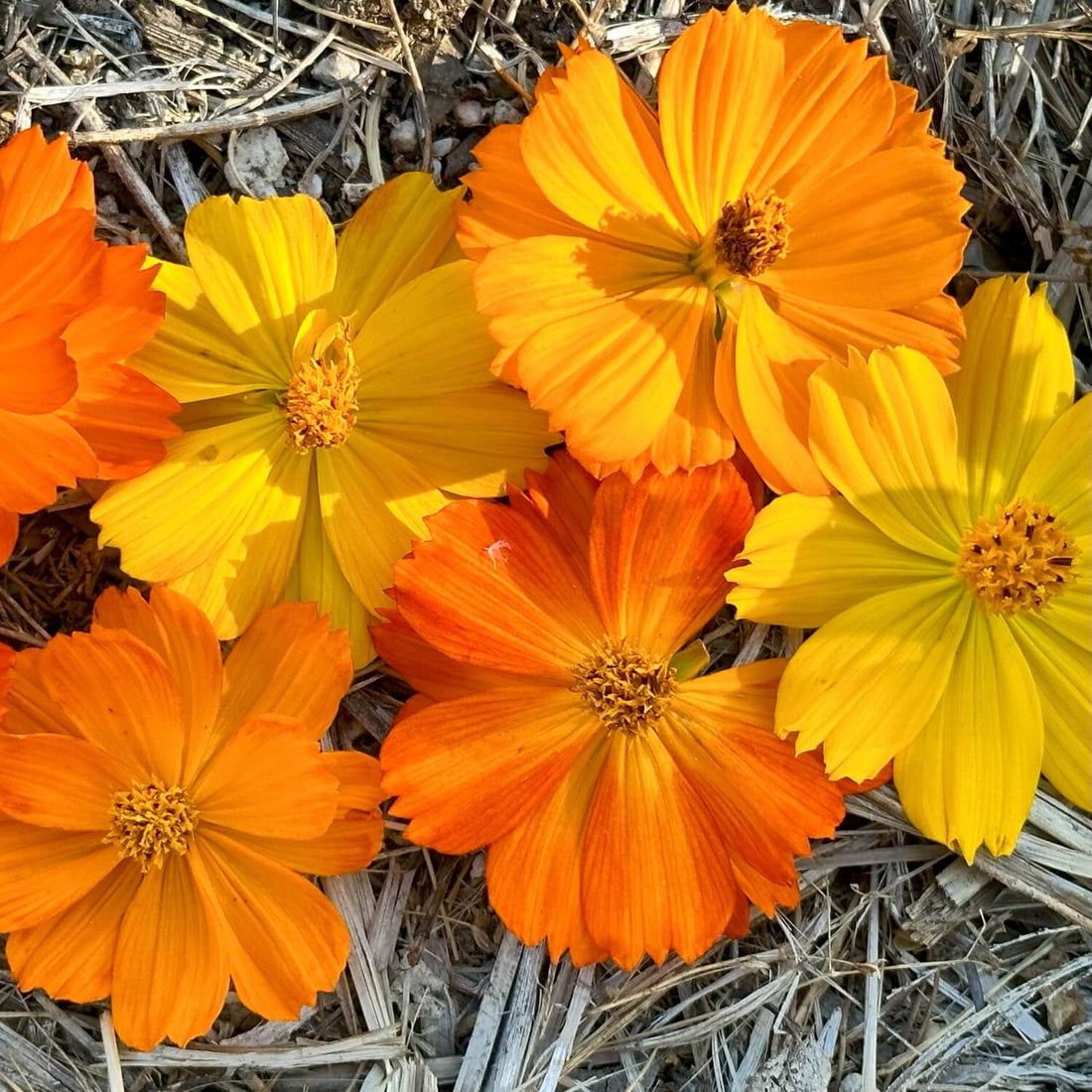 Bright Lights CosmosBright Lights Cosmos
Bright Lights CosmosBright Lights Cosmos- Regular price
-
$3.75 - Regular price
-
$3.75 - Sale price
-
$3.75
-
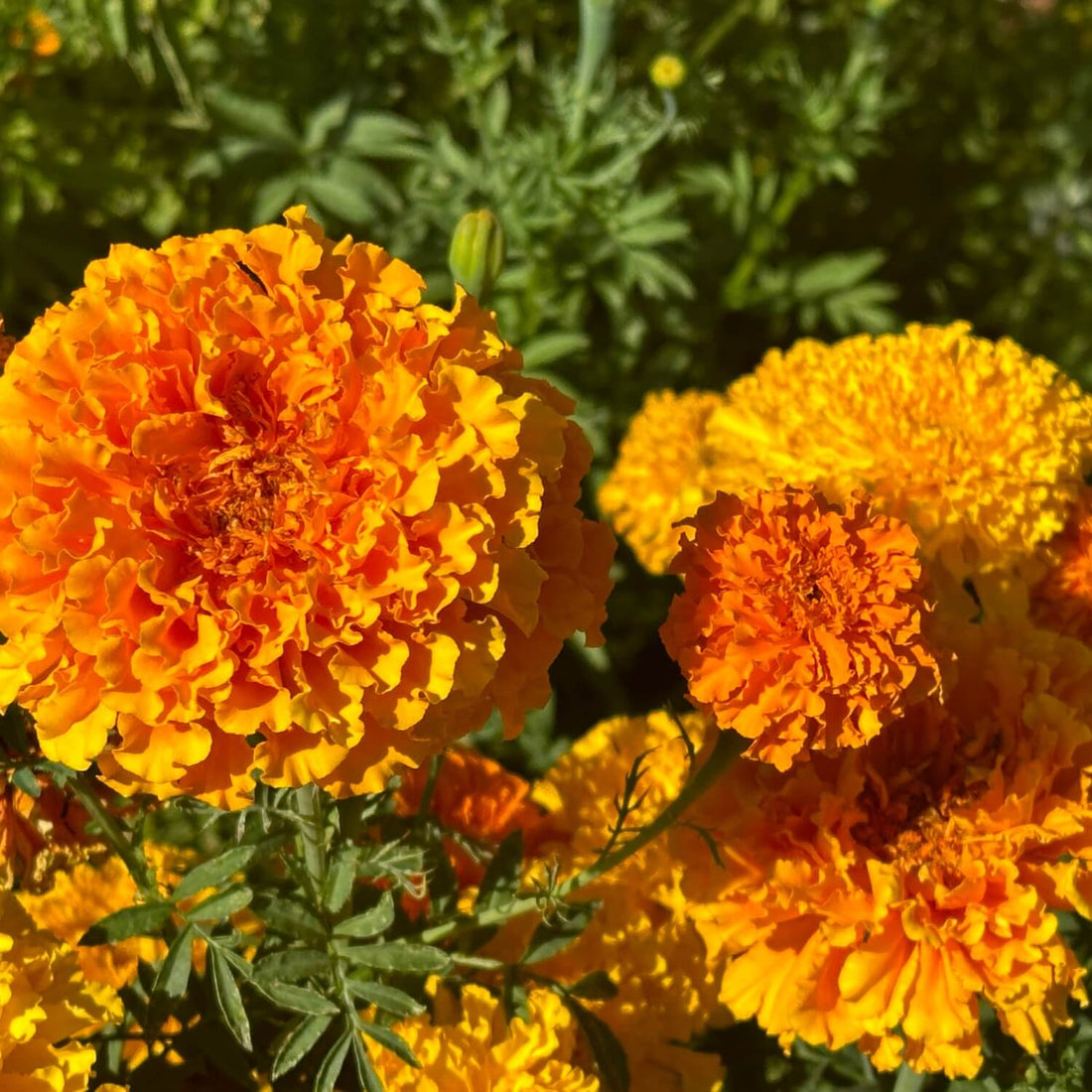 Crackerjack African MarigoldCrackerjack African Marigold
Crackerjack African MarigoldCrackerjack African Marigold- Regular price
-
$3.75 - Regular price
-
$3.75 - Sale price
-
$3.75



















